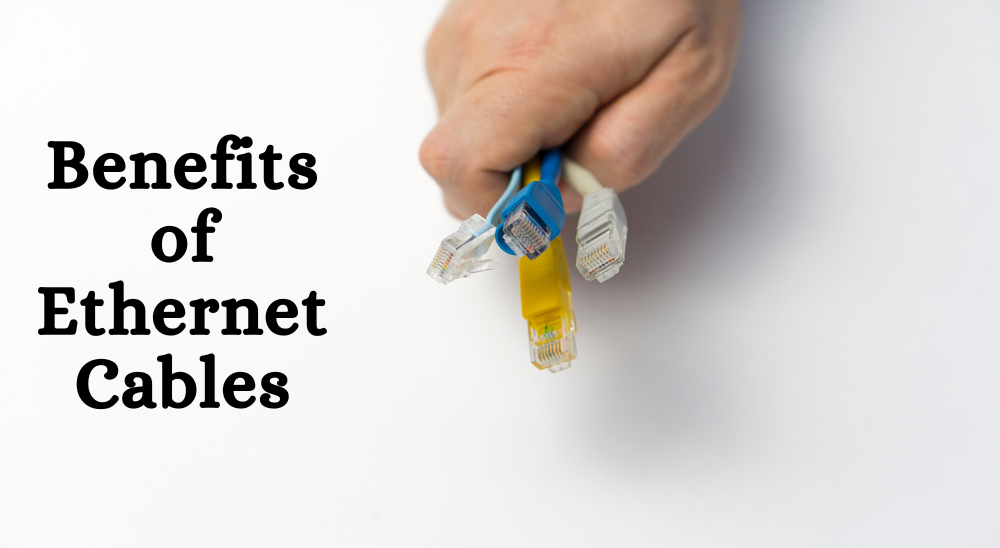Benefits of Ethernet Cables: Cat5e, Cat6, Cat6a, and Cat7
Posted : 25-February-2024
Ethernet cables are the backbone of modern networking infrastructure, facilitating the seamless transmission of data in both residential and commercial settings. As technology continues to advance, the importance of choosing the right Ethernet cable becomes increasingly crucial. In this article, we will explore the benefits of various Ethernet cable categories, including Cat5e, Cat6, Cat6a, and Cat7, helping you make informed decisions for your networking needs.
Introduction to Ethernet Cables
Ethernet cables serve as the physical medium for connecting devices within a local area network (LAN) or wide area network (WAN). They allow for the transfer of data packets between devices such as computers, routers, switches, and servers. The evolution of Ethernet standards has led to the development of cables with increasingly higher performance and capabilities.
Understanding Cat5e Ethernet Cables
Cat5e Ethernet cables are one of the most commonly used cables in networking. They support data transfer speeds of up to 1 Gigabit per second (Gbps) and are suitable for most residential and small business applications. Cat5e cables are known for their affordability and reliability, making them a popular choice for basic networking needs.
Exploring Cat6 Ethernet Cables
Cat6 Ethernet cables offer improved performance over Cat5e cables. With support for speeds of up to 10 Gbps and better resistance to crosstalk and interference, Cat6 cables are ideal for high-speed data transfer in demanding environments. They are commonly used in commercial settings where network reliability and performance are critical.
Advantages of Cat6a Ethernet Cables
Cat6a Ethernet cables are an enhanced version of Cat6 cables, designed to support even higher data transfer speeds and longer cable lengths. With support for speeds of up to 10 Gbps at distances of up to 100 meters, Cat6a cables are well-suited for enterprise networks and data centers. Additionally, Cat6a cables feature shielding to reduce electromagnetic interference, further improving performance and reliability.
Introduction to Cat7 Ethernet Cables
Cat7 Ethernet cables represent the latest advancement in Ethernet cable technology. With support for speeds of up to 10 Gbps over 100 meters of copper cabling, Cat7 cables offer unparalleled performance and reliability. They also feature improved shielding and are backward compatible with previous Ethernet standards, making them a future-proof solution for network infrastructure.
Comparison Between Cat5e, Cat6, Cat6a, and Cat7
When comparing Cat5e, Cat6, Cat6a, and Cat7 Ethernet cables, several factors come into play, including speed, bandwidth, and cost. While Cat5e cables are suitable for basic networking needs, Cat6, Cat6a, and Cat7 cables offer progressively higher performance and capabilities, catering to diverse networking requirements.
Benefits of Upgrading to Higher Categories
Upgrading to higher categories of Ethernet cables offers several benefits, including improved data transmission speeds, enhanced reliability, and future-proofing of network infrastructure. By investing in higher-quality cables, organizations can ensure optimal performance and scalability for their networking needs.
Cost Considerations and Long-term Savings
While the initial investment for higher-category Ethernet cables may be higher than lower-category cables, the long-term savings can outweigh the upfront costs. Higher-category cables offer better performance and durability, reducing the need for frequent replacements and maintenance, and ultimately resulting in cost savings over time.
Installation and Maintenance Efforts
Ethernet cables, regardless of category, are relatively easy to install and maintain. With proper planning and installation techniques, organizations can minimize downtime and ensure optimal network performance. Routine maintenance, such as cable inspections and testing, can help identify potential issues early on, preventing costly disruptions.
Environmental Considerations
In addition to performance and cost considerations, environmental factors play a role in selecting Ethernet cables. Energy-efficient cables can help reduce power consumption and operating costs, contributing to a more sustainable network infrastructure. Additionally, cables designed for outdoor or harsh environments offer greater durability and longevity, minimizing the need for replacements.
Real-world Applications
Ethernet cables find applications in a wide range of settings, including residential homes, office buildings, educational institutions, healthcare facilities, and industrial plants. From connecting devices in smart homes to supporting mission-critical applications in data centers, Ethernet cables play a vital role in modern connectivity solutions.
Future Trends and Developments
As technology continues to evolve, so too will Ethernet cable standards and technologies. Emerging trends such as Power over Ethernet (PoE), multi-gigabit Ethernet, and fiber-optic Ethernet cables are poised to shape the future of networking. By staying informed about these developments, organizations can adapt and future-proof their network infrastructure accordingly.
Addressing Common Misconceptions
Despite the advancements in Ethernet cable technology, there are still some common misconceptions surrounding cable categories and performance. By debunking these myths and providing accurate information, organizations can make more informed decisions when selecting Ethernet cables for their networking needs.
Guidelines for Optimal Cable Selection
Selecting the right Ethernet cable requires careful consideration of specific requirements, including data transfer speeds, cable lengths, and environmental factors. Consulting with networking professionals and adhering to industry best practices can help ensure optimal cable selection and deployment, minimizing compatibility issues and performance limitations.
Conclusion
In conclusion, Ethernet cable play a critical role in modern networking infrastructure, providing reliable connectivity for a wide range of applications. Whether you’re building a home network or upgrading enterprise-level infrastructure, choosing the right Ethernet cable is essential for achieving optimal performance and reliability. By understanding the benefits of different cable categories and considering factors such as speed, bandwidth, and cost, organizations can make informed decisions that meet their networking needs both now and in the future.
Frequently Asked Questions
What is the difference between Cat5e and Cat6 Ethernet cable?
Cat5e cables support speeds of up to 1 Gbps, while Cat6 cables offer speeds of up to 10 Gbps. Additionally, Cat6 cables have better resistance to crosstalk and interference.
Are Cat6a cables backward compatible with older Ethernet standards?
Yes, Cat6a cables are backward compatible with Cat5e and Cat6 standards, ensuring compatibility with existing network infrastructure.
Can Cat7 cables be used for outdoor installations?
While Cat7 cables offer enhanced shielding, manufacturers primarily design them for indoor use. Experts recommend using cables specifically designed for outdoor environments for outdoor installations.
What is the maximum distance supported by Cat7 cables?
Cat7 cables can support speeds of up to 10 Gbps over distances of up to 100 meters, making them suitable for most networking applications.
Do I need special equipment to install Cat6a or Cat7 cables?
While Cat6a and Cat7 cables require standard Ethernet connectors, it’s essential to use compatible networking equipment, such as routers, switches, and network interface cards, to fully leverage their capabilities.
Latest Blog
-

When Should You Upgrade Your Internet Cable?
Read More -

What You Need to Know for Safe Networking
Read More -
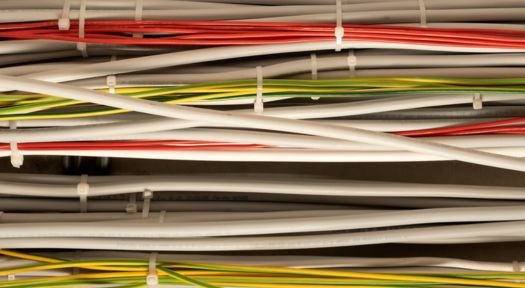
Why Ethernet Cables Are Crucial for Commercial Areas
Read More -

Category Cables Plenum Safe and Efficient Networking
Read More -

How Cat6 Plenum Cable Enhances Your Gaming Experience
Read More -

Cat5e, Cat6, Cat6a and Cat7: Ethernet Cable Differences and Similarities
Read More -

Category Cable Services in USA
Read More -
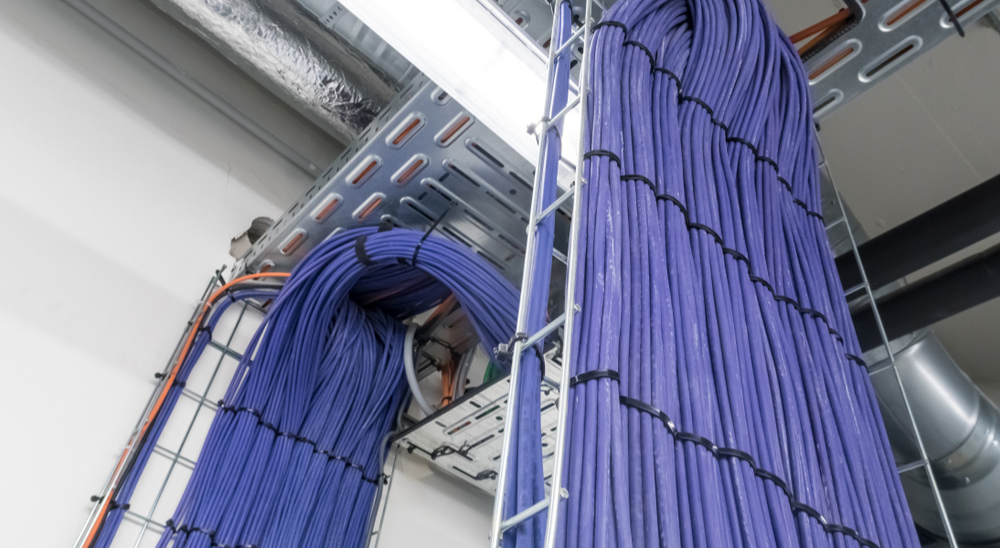
Structured Cabling Standards For Commercial Buildings
Read More -
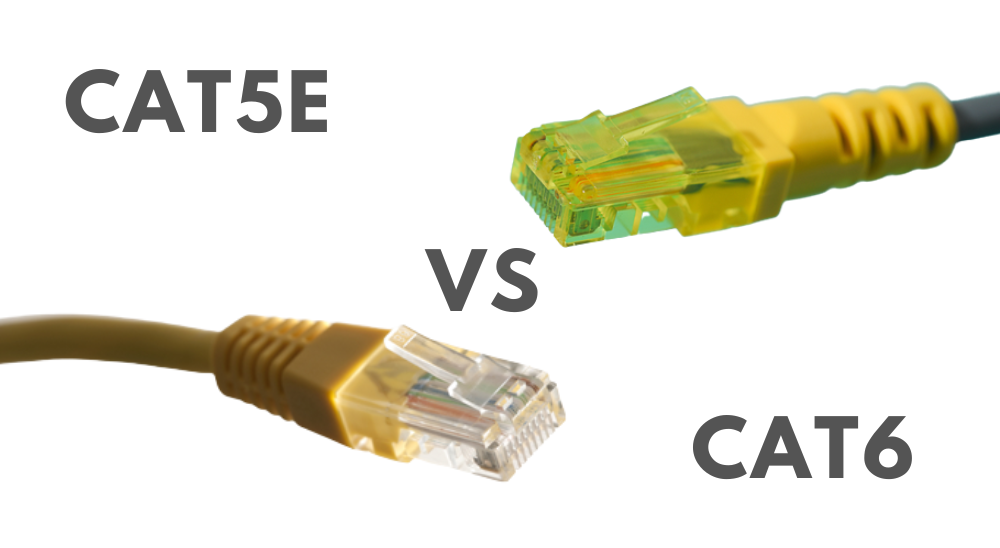
Evolution Of Ethernet Cables: Cat5e vs Cat6
Read More -
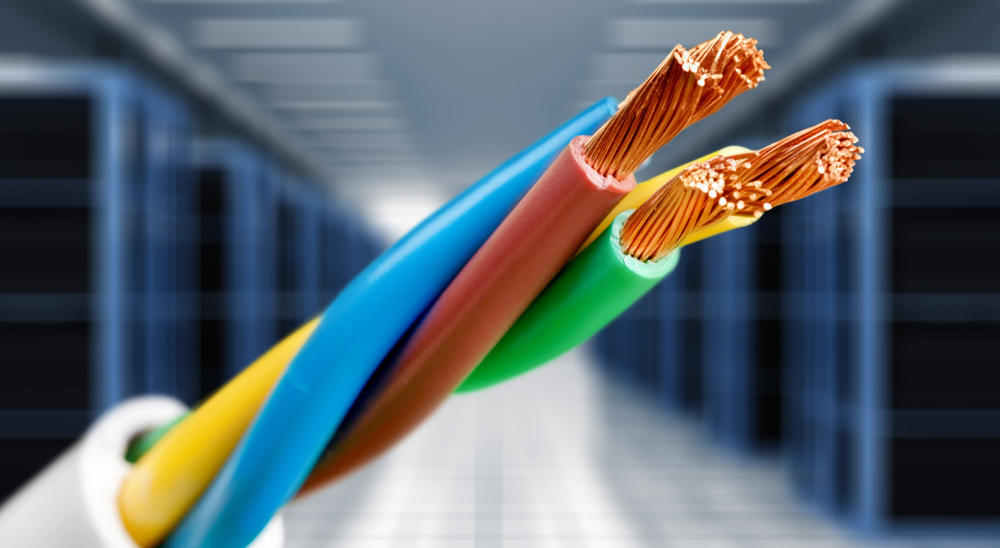
Select the Right Shielded Cable for your Network
Read More
